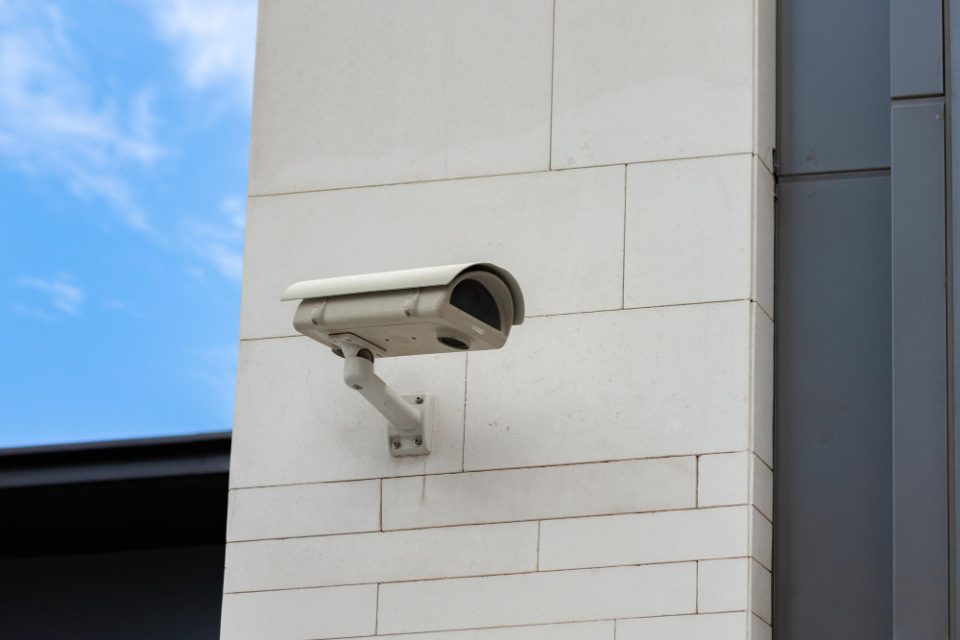Security cameras are an essential tool for protecting your property, whether it be your home or business. However, security camera installation can be a tricky process, and proper installation is key to getting maximum coverage and effectiveness. In this blog post, we’ll provide tips and guidelines for how to properly install security cameras for maximum coverage and effectiveness.
Determine the best location
The first step in installing security cameras is to determine the best location for each camera. Consider the areas that you want to monitor, and choose a location that provides the best vantage point. Keep in mind that the camera should be placed in an area that is out of reach from potential intruders, but still accessible for maintenance.
Choose the right type of camera
Once you’ve determined the best location for your security camera, you’ll need to choose the right type of camera for your needs. There are many different types of security cameras available, each with its own features and capabilities. Consider factors such as resolution, viewing angle, and night vision when choosing your camera.
Mount the camera
The next step is to mount the camera in the chosen location. Most security cameras come with mounting brackets or screws that make it easy to attach the camera to a wall or ceiling. Be sure to follow the manufacturer’s instructions carefully to ensure that the camera is securely mounted and positioned correctly.
Connect the camera to the network

Most security cameras require an internet connection to transmit footage to your device or a cloud server. Be sure to connect the camera to your network using an Ethernet cable or Wi-Fi connection, and follow the manufacturer’s instructions for setting up the camera on your network.
Configure the camera settings
Once the camera is connected to the network, you’ll need to configure the camera settings to ensure maximum coverage and effectiveness. This includes adjusting the viewing angle, setting up motion detection, and configuring recording settings. Be sure to follow the manufacturer’s instructions carefully and test the camera to ensure that it is working properly.
Monitor the camera feed
Once the camera is installed and configured, it’s important to monitor the camera feed regularly to ensure that it is working properly. You can do this by accessing the camera feed on your computer or mobile device, or by setting up alerts to notify you when motion is detected.
Consider professional installation
If you’re not comfortable with installing security cameras yourself, or if you have a larger property that requires multiple cameras, it may be best to consider professional installation. A professional installer can help you determine the best locations for your cameras, ensure that the cameras are mounted securely, and configure the cameras for maximum coverage and effectiveness.
Conclusion –
In conclusion, properly installing security cameras is essential for getting maximum coverage and effectiveness. By following the steps outlined in this blog post, you can ensure that your security cameras are properly installed and configured, and that your property is protected against intruders and other threats. Whether you choose to install the cameras yourself or hire a professional installer, be sure to take the time to do it right and ensure that your property is secure.

